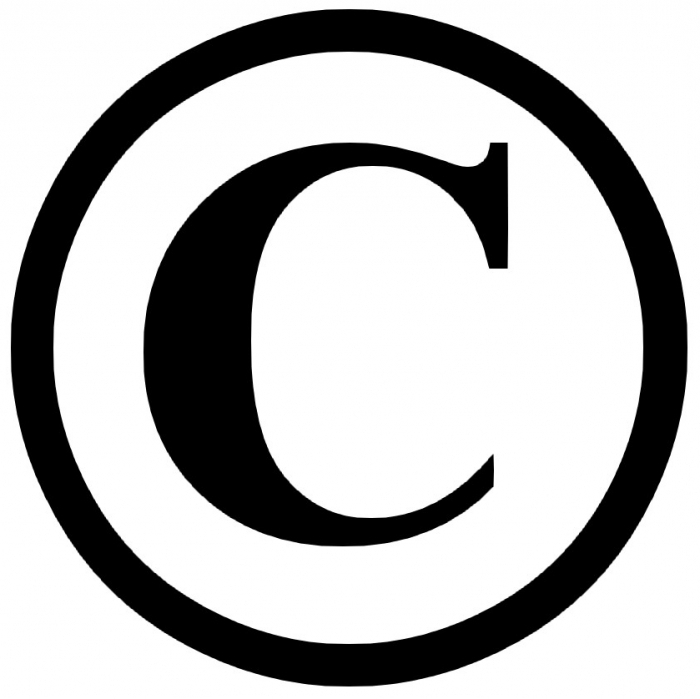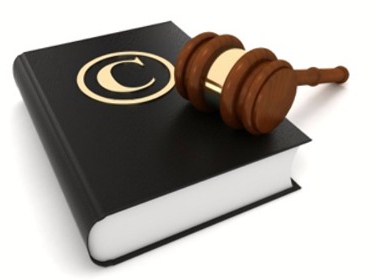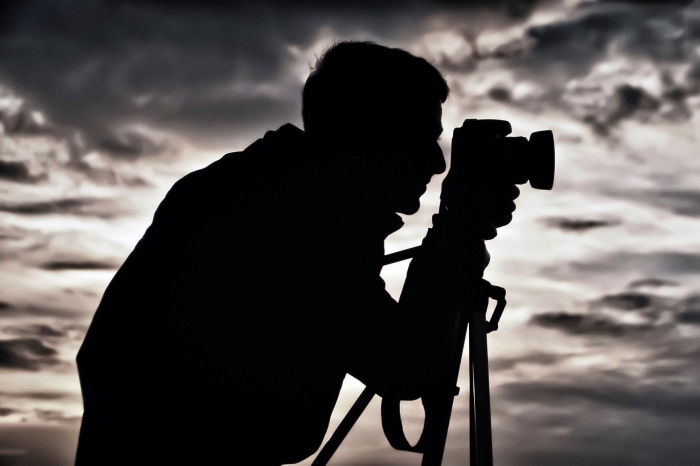Few know that any photograph taken by a professional or amateur is considered the property of its author. Therefore, for its unauthorized use provides various fines, which will be discussed below. Copyrights to photographs are personal and property, their violation leads to various consequences. In order not to unknowingly get into an unpleasant situation or not incur financial losses as a result of replication of your creative products by third parties, you should know the details associated with this issue.

Personal and property rights of the photographer
Half a century ago, photographs were not considered among the works of art, and their authors were considered artisans. Today the situation has changed dramatically. Thanks to the advent of high-quality technical devices, some photos are on a par with the paintings of artists. Moreover, the author has personal and property rights in their respect. These two concepts have significant differences.
In particular, copyrights to photographs are inseparable from personal ones, but property rights can be transferred by the author of the work or transferred, according to the law, to third parties or organizations. To make everything extremely clear, we give an example: a famous photographer decided to transfer his works to the city museum and arrange this act in accordance with all the rules. In this case, the property rights to the photographs will be transferred to this organization, but the personal author will always retain it, and when exhibiting his works, his name will have to be indicated under them.

What do property rights provide?
Obviously, personal rights relate, say, to the satisfaction of the author’s understandable desire to receive public recognition for his work. If we talk about property rights, they also concern the financial side of the issue, fixing the photographer the right to allow (including for a fee) or prohibit the use of his works. This applies to the reproduction and distribution of copies of photographs, as well as their public display. Permission to use the photo is given by the author or copyright holder in oral or written form and is considered an author’s agreement, according to which a part of copyright (but not personal) and property rights is transferred to a third party.
Copyright mark
According to article 1271 of the Civil Code of Russia, in order to inform about their rights, the copyright holder of the photograph may put a special mark on each copy of the work. This copyright sign should consist of the Latin letter “C” (COPY) enclosed in a circle, as well as the name of the copyright holder (name, if the object of protection belongs to a company, organization, etc.) and the year when the work was first published.

When can I use the pictures without violating the copyright on the photo
There are several situations where the result of the work or work of a photographer can be used without asking him permission and without paying remuneration. It:
- reproduction of a photo already published and viewing it at home with your family;
- showing a lawfully published photograph as an illustration in television shows, publications and educational videos along with other photographs, with the obligatory indication of the name of the photographer and the source from which this work was borrowed;
- reproduction of pictures in places that are free to visit (for example, a photo on an advertising banner, but not a picture from someone else's personal page on social networks on the Internet);
- when creating cartoons;
- if the author works for you as an employer under an employment contract;
- if you purchased this work from the author legally.

The Law of the Russian Federation on Copyright also permits the reproduction of photographs for the implementation of preliminary investigations, legal proceedings and other similar procedures.
When a photo becomes public domain
Copyrights to photographs have some aspects that are only valid for a limited period of time. In particular, photographs go into the public domain upon completion of the action. exclusive right. The latter remains valid for the entire life of the photographer and for 70 years, which have been reported since January 1 of the year that follows the date of his death. At the same time, copyright infringement in relation to photographs taken before 1969 is not considered a violation today, since the current legislation has changed.
Preventive measures
The photographer must ensure that, in the event of unauthorized use of his works, he must be able to prove copyright infringement. To this end, you can do the following:
- never share your photos in RAW format to anyone;
- enter information about yourself in the camera settings, including first name, last name, address of your website, passport number, etc .;
- when publishing on the Internet, put the copyright mark on the pictures in the form as described above;
- produce notarization of authorship;
- register copyright with one of the collective copyright management organizations.
What could threaten the intruder
Copyright protection, according to the law, provides for compensation to the author. Moreover, it will be larger if a copyright sign with your name is displayed on the picture. In particular, if a photo with such a mark is used by a third party, then the minimum amount instead of 10,000 rubles will be 20,000 rubles for each picture.

As for the maximum compensation, for violation of property law (copying, duplication, etc.), it amounts to 5 million rubles (Article 1301 of the Civil Code). The same amount should be paid for violation of moral rights, which is expressed in the removal of information about the author or copyright holder, for example, by means of any computer program for editing photos (article 1300 of the Civil Code).
How to protect your rights in court
If it is impossible to agree with the “captors” of your photos, then you should seek protection from the law. In other words, you have to go to court. In this case, you will have to prove that it is you who is the author. According to the current legislation protecting copyright (RF), the main document in this case is the printed photographs on which your name is clearly marked. Here you need to know that it is quite possible that the other side (the “kidnapper”) will be able to present the same, but with their data. In such a situation, you should provide the court with the files with these photographs in RAW format.
You also need to prepare evidence regarding the illegal use of your images. For example, if an attacker posted a photo on his site, then you can turn to a notary with a request to notarize the pages on which the photos are displayed.

When copyright is violated, copyright protection in court also provides for a requirement to compensate for the material or moral damage of the photographer. Turning to the court, the plaintiff can independently determine the amount of compensation that suits him. However, the court determines it at its discretion and substantiates its decision. The following circumstances are taken into account:
- the nature of the violation;
- the period of unauthorized use by the author or copyright holder of the photograph;
- whether the defendant committed similar offenses in relation to the works of a particular author or other photographers;
- the degree of guilt of the offender;
- probable losses of the author;
- proportionality established by the court of compensation for the consequences of violation.
Now you know what copyright is, copyright protection and what are the possible amounts of compensation due to the photographer in case of unauthorized use of the products of his work.








